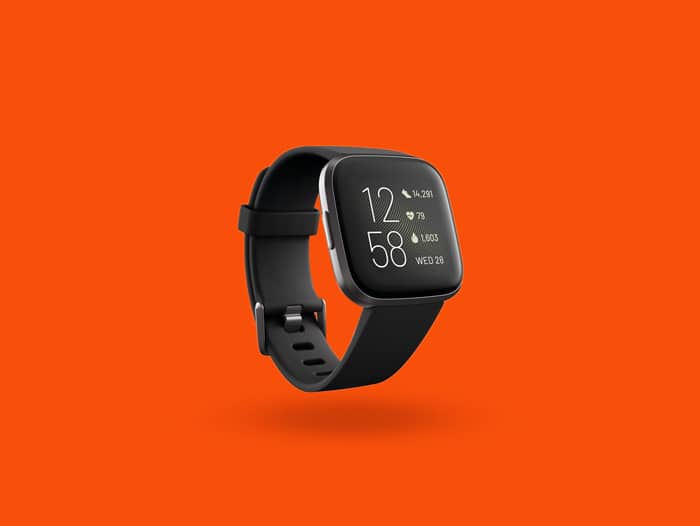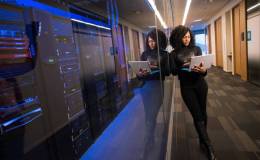Your smartwatch could help us detect whether we have COVID-19 or not. This Is through the devices tracking our heart rates and blood oxygen levels.
Dr Michael Mina, an assistant professor of epidemiology at Harvard University, had told ESPN had said that smartwatches are “incredible devices”. Additionally, they said that smartwatches had the potential to track COVID-19 and other viruses. This could happen if the smartwatch were “networked appropriately”. He said that smartwatches are not ready to detect when the user is ill – but they can get there.
Mina had said that they first needed to collate data and “do supervised algorithms to essentially take all of this data, and then say OK we know that these people got sick and these people didn’t, or we know that there was an outbreak here and there wasn’t an outbreak here”.
Dr Mina believes that the “subtle differences” in people’s breathing or heart rate patterns could be an indicator that the user is ill. These subtle differences that happen specifically when a user is sleeping.
User Data From Smartwatches Could go to COVID-19 Studies
The wearable brand, Fitbit, have a couple of ways that can accommodate users. One of the ways include choosing to share your user data with Scripps Research Translational Institute. This is part of their DETECT study. The user data that is shared includes the users’ changes in heart rate, activity and sleep patterns.

Additionally, Fitbit wearers could choose to be part of the PROTECT Study. This study is taking place at Stanford University. Researchers at the university are collecting data from three other smartwatch brands – including Apple. Dr Micheal Snyder at the University of Stanford is studying the data from a range of people. These are people who have a confirmed or suspected case of coronavirus. As well as this, people who have been exposed to others who have COVID-19 or are suspected of carrying the disease. As well as this, data of people with a higher rate of exposure – like health care workers, are being studied.
The main metric that Dr Snyder and his team are focusing into is how a smartwatch can measure a user’s heart rate and body temperature. Snyder explained that when someone is ill, their “heart rate goes up before you’re congested. … So, worst-case scenario, it goes up to around the time you’re feeling yucky, but it probably goes up before that, we think”.
Seeing a spike in a user’s temperature as well as a higher heart rate might be enough of a cause to get the person to self-isolate. This is to curb the spread of the virus and help everyone stay safe.





















